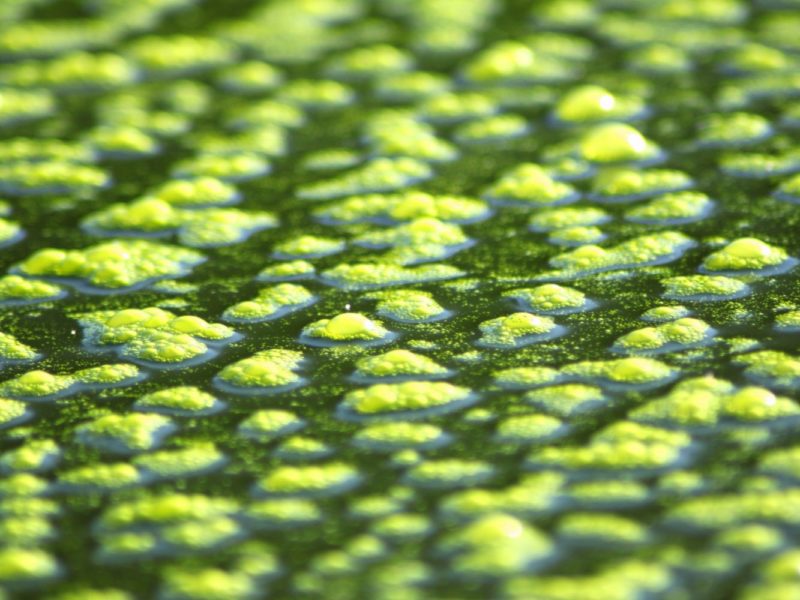What is the difference between algae and fungi?
Fungi and algae are either prokaryotic or eukaryotic organisms. Algae belong to Protista kingdom and fungi belong to kingdom fungi. These organisms tend to have some close similarities and this normally confuses many people.
The core difference between algae and fungi is that algae are a unicellular organism that is autotrophs while fungi are organisms that are heterotrophs.

What Is an Algae?
Algae is a unicellular organism known for making their own food. They are diverse and grow everywhere on earth. They belong to the Protista kingdom.
What You Need to Know about Algae
- They belong to kingdom Protista
- Found in both fresh and marine water
- Have chlorophyll for photosynthesis
- They are termed as autotrophs
- Have cellulose cell wall
- Store food in the form of starch
What is a Fungi?
Fungi are heterotrophs and they belong to the fungi kingdom. All these organisms are eukaryotes. They can survive in dark areas since they depend on another organism for food.
What You Need to Know about Fungi
- They belong to the fungi kingdom
- Organisms are eukaryotes
- They are found on dead matters
- They are termed as heterotrophs
- Have chitin cell wall
- Store food in the form of oil granules and glycogen
Comparison Chart: Algae Vs Fungi
| Basic Terms | Algae | Fungi |
| Kingdom | Protista | Fungi |
| Habitat | Mostly aquatic | Mostly terrestrial |
| Prokaryotic/Eukaryotic | Some are eukaryotes and others prokaryotes | Eukaryotes |
| Photosynthetic Pigments | Chlorophyll present | Chlorophyll absent |
| Nutrition Mode | Autotrophs | Heterotrophs |
| Darkness | Cannot survive in the darkness | Can survive in the darkness |
| Cell Wall | Contain cellulose | Contain chitin |
| Food Storage | Starch | Glycogen and oil granules |
| Body | Has filamentous or parenchyatous | Has filamentous or pasedo-parenchymatous |
| Uni/Multinucleated | uninucleated cells | multinucleated cells |
| Reproduction | Asexual and complex | Sexual, asexual and spore dispersal |
| Nature | Non-parasitic | Parasitic and saprophytes |
| Application | Food, Firewood, Enricher, dyes, bioremediation, pollution control of air and plastics, energy source. | Food, drug, medicine, pest control, industrial chemicals, and enzymes. |
| Examples | Seaweed and freshwater moss | Mushrooms, yeast, and truffles |
Core Differences between Fungi and Algae
- Algae are mostly aquatic while fungi are terrestrial
- Algae have chlorophyll while fungi do not have chlorophyll
- Algae are autotrophs while fungi are heterotrophs
- Algae can survive in light while fungi can survive in darkness
- Algae are prokaryotes while fungi are eukaryotes
- Fungi have a cell wall made of chitin while that of algae consist of cellulose
- Fungi are multinucleated while algae are uninucleated
- Fungi store food in the form of glycogen and oil granules while algae store food in the form of starch
- Fungi are parasitic in nature while algae are non-parasitic in nature
- Fungi body is filamentous or pasedo-parenchymatous while algae body is filamentous or parenchyatous.
- Algae belong to Protista kingdom while fungi belong to the fungi kingdom
- Examples of algae are seaweed and freshwater moss while fungi are mushrooms, yeast, and truffles.
Similarities between Algae and Fungi
- Both are thallophytes
- Both lack Vascular tissue
- Both are eukaryotes
- Both belong to the same division of thallophyta of cryptogams.
- Both reproduced by fragmentation
- Both can reproduce asexually
You May Also Like:
- Difference between Bryophytes and Algae
- Difference between Plants and Trees
- Difference between Shrubs, Herbs and Trees
Comparison Video
Summary
The core difference between fungi and algae in point form is that fungi belong to kingdom fungi while algae belong to the Protista kingdom. However, both belong to the same division and they reproduce asexually.